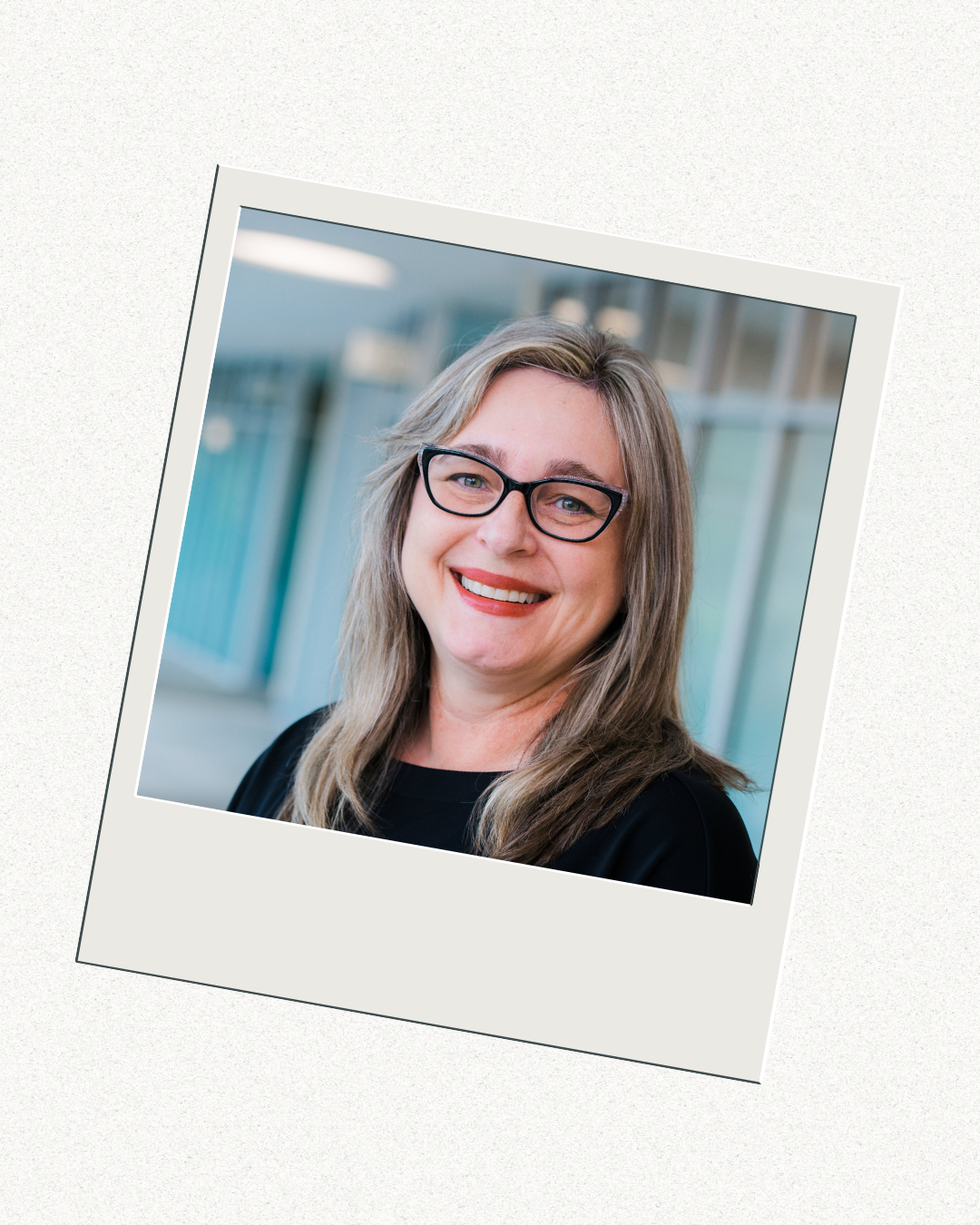List of Podcasts for Social Work
Editor’s Note: Melanie Sage is an assistant professor of social work in the School of Social Work at the University at Buffalo. In this blog post, she gives an overview of podcasting in social work and shares her crowdsourced list of social work podcasts.
Once upon a time in not-so-long-ago history, broadcast media was limited to the hands of radio professionals with fancy recording devices. Regular people on tight budgets have long tried to harness the power of audio recording and broadcasting, from ham operators to low-fi analog reel or tape recorders. Suddenly, in the last decade, affordable high-quality recording devices fit in the palms of our hands, along with the means to broadcast our voices internationally at very little cost.
Early social work podcast pioneer greats include Jonathan Singer, who launched the Social Work Podcast in 2007 and has over 125 episodes, and inSocialWork, which launched in 2008 at the University at Buffalo School of Social Work, and now has over 250 episodes. You can listen to either of them in your favorite podcast streamer, such as Apple’s iTunes Podcast Streamer or Spotify, for over 300 hours of learning from experts in our field. You can listen during your commute, at the gym, while doing chores, or when you’re getting ready in the morning. They make it so easy to fit lifelong learning into your day. Learn more about how to listen to podcasts by watching this short video.
Review of Teaching & Learning in Social Work for 2018
One of the reasons I like a good “end-of-the-year list” is the opportunity to reflect on what I did and did not miss out on over the past year. I’m always thrilled to discover I read one or maybe even two of the most notable books on the New York Times yearly list. Then, I start planning my reading wish list for the coming year, which usually involves magical thinking about reading every winner of the Nobel Prize for Literature or the all the Pulitzer Prize winners for Non-Fiction from the last ten years. Even if I don’t actually read all of these books, I believe in having some goals for my reading and other activities. For the Teaching and Learning in Social Work Blog, I had three goals for 2018:
1 .Write or publish 30 blog posts
2. Increase the number of blog subscribers from 100 to 200
3. Publish 10 guest educator blog posts
Here is how those goals worked out:
1. Wrote only 13 blog posts during the year, but published a total of 21 posts (70% completed)
2. Only added 40 more subscribers to the blog (40% completed)
3. Published 8 guest educators posts (80% completed)
While not all my goals were achieved, I was still able to collaborate with others to accomplish some solid writing for the blog including information about projects that I have been working on, and all my conference presentations for the year. Below is a list of this year’s posts, grouped around the topics of projects, guest educator posts, and conference presentations.
Projects: These posts describe new projects that I started or worked on during 2018:
Teaching in the open: How I published a free textbook
Editor’s Note: Matthew DeCarlo is an assistant professor of social work in the School of Social Work at Radford University. In this blog post, he describes the concept of open teaching and how he adapted a research methods textbook for social work education.
What does it mean to teach in the open?
When I tell people I like to teach “in the open,” their first response is often “I already do that!” In way, they are right. To be an instructor is to be open and vulnerable by proclaiming yourself an expert (or at least a useful guide) and engaging students in the learning process. Students see through your eyes as you help them understand the social work knowledge base, and you are often faced with the limitations of your own knowledge.
In a different way, when I talk about teaching “in the open,” what I really mean is, “I want to share my educational resources with other educators and build on the resources that others have shared.” As a junior faculty member, I am constantly trying to figure out how best to teach new course content and improve my instruction. Faculty at both universities at which I have had the pleasure of teaching were open with me. Before beginning a new course preparation, at least two professors would happily meet with me so they can discuss their syllabi, review tips and tricks, and most importantly, share their materials. The message I received was, “take all of these materials, use whatever you want, don’t worry about giving me credit, and let me know if you have any questions.” Without these resources, junior faculty and adjuncts would be stuck reinventing the wheel—for instance, coming up with yet another prompt for an article presentation or slideshow on random sampling.
BPD Technology Committee’s Technology Assessment Checklist for Social Work Practice
Editor’s Note: This blog post was written by myself and my colleague, Dr. Nathalie P. Jones. We have been the co-chairs of the BPD Technology Committee for the past two-years (2017-2019) and served as editors for the Technology Assessment Checklist described and shared in this post.
In response to the growing influence of technology in the lives of individuals and families, the Technology Committee for the Association of Baccalaureate Social Work Program Directors (BPD) has created the Technology Assessment Checklist for Social Work Practice. This tool is designed to help social workers assess clients’ relationships and comfort with technology, including strengths, needs, risks, and challenges. This blog post describes the process used by the BPD Technology Committee to create this list as well as providing a description.
History of the BPD Technology Assessment Checklist
At the 2016 Annual Conference in Dallas, TX, the BPD Technology Committee embarked on a project to help create an assessment tool for social work practitioners and educators related to digital and social technologies. The goal was for the committee members, and others who were interested in the project, to work collaboratively to develop questions that could be used with individuals and families for the purposes of assessing clients’ use and relationships with digital and social technology. After the meeting, a call was put out on the BPD Listserv and a group of ten social workers agreed to assist with creating a technology-based assessment.
Using Mobile Apps with with Social Work Students
In this blog post, Steven Sturman, Instructional Designer at the University at Buffalo’s School of Social Work writes about how social work educators can incorporate mobile apps into the social work classroom.
Mobile apps put a wealth of information and resources at your fingertips for a variety of topics from bullying prevention to political engagement. They have the potential to be very useful in both social work education and practice. Integrating apps into student education provides students with a safe environment to experience mobile technology while they are learning about how to use an app, and how it might be implemented into a clinical setting. Additionally, they can experiment with what technology will and won’t work for them, and determining how the technology will fit in their professional development.
There are several things to consider when integrating apps into your classes, including how to pick the right apps, how to make sure the apps align well with your learning objectives, and how to make sure that your usage meets the NASW Standards for Technology in Social Work Practice. When considering the adoption of apps for educational purposes instructors must assess:
Social Work and the Open Education Movement
Editor’s Note: Matthew DeCarlo is an assistant professor of social work in the School of Social Work at Radford University. In this blog post, he describes the open educational resources (OER) movement and how social work educators can get involved.
Why should social work care about open educational resources?
The rising cost of textbooks is an issue of social justice for social work education. The average undergraduate student in the United States, according to The College Board (2017), spends $1250 on textbooks each academic year. Two years ago, the Bureau of Labor Statistics (2016) reported the cost of textbooks increased at a faster rate (87.5%) than tuition (62.7%), housing (50.5%), and all other student costs. Students report that textbook costs are more financially stressful than meals and food, healthcare, and housing—with 43% skipping meals and 70% getting a job to pay for textbooks (Cengage, 2018).
Although dollar-for-dollar, textbooks are less of a financial burden to students than other costs, the high cost of textbooks negatively impacts student academic performance and retention. A survey of all students at Florida higher education institutions found that due to high textbook prices, 67% of students do not purchase the required textbook, 38% of students receive poor grades because they could not afford the textbook, 20% fail a course because they could not afford the textbook, 48% take fewer courses, 46% avoid registering for a class, 48% drop a class, and 26% withdraw from a course (Florida Virtual Campus, 2016).
One solution, as proposed by traditional textbook publishers, is for students to pay for subscriptions that turn textbooks from a good into a service, like Netflix or Spotify. In this model, students rent access to digital editions of textbooks which can be viewed in the publisher’s platform. Given the high price of textbooks, publishers point to the idea that students are okay with this bargain—lower prices for rented digital books viewable in a publisher’s proprietary app.
Professors, on the other hand, should be suspicious of subscription platforms and their implications for academic freedom. Unlike Spotify, which catalogs music from nearly every music publisher worldwide, subscription platforms will be balkanized. For example, only Cengage books will be offered in Cengage Unlimited. In that case, if an educator prefers a book published by Pearson or McGraw Hill to teach a course, they may find it difficult or impossible to adopt it if their department, institution, or students already subscribe to a different service.
Another solution to skyrocketing textbook costs proposed by publishers is “inclusive access.” Billed as a solution for both professors and students, “inclusive access” allows students to rent access to a less expensive virtual edition of the textbook through a publisher’s proprietary platform. Professors can still choose which book to use, and indeed, publishers will build in customized interactive elements, homework assignments, and other services. If a professor chooses an “inclusive access” text, students face a complicated opt-out process if they prefer a paper textbook and the proprietary applications required to view the material are often inaccessible on mobile devices and for those with disabilities. Additionally, inclusive access rentals often end at the close of the semester, cutting off student access to knowledge and eliminating the used textbook market completely.
Both subscription-based and inclusive access solutions drive home the point that social work knowledge is currently owned by textbook publishers, not the community of social work scholars. In the publishers’ preferred future, that knowledge will not be owned by students and faculty, only rented for a limited time.
Solutions to the broken textbook market
Students engage in a number of clever stopgap solutions to minimize the costs of the broken textbook market. Cost-cutting measures include such innocuous things as sharing a book with a classmate, purchasing a used book, purchasing a previous edition, or buying from an online retailer. Many students will delay the purchase of a book until they know it is absolutely necessary in the course, use the free sample pages on Google or Amazon previews or simply never purchase it at all. Other students will pirate textbooks using Library Genesis or simply by taking pictures of a classmate’s book. Faculty often support these initiatives by allowing old editions of textbooks for a course, negotiating with publishers for lower textbook costs, or simply turning a blind eye to piracy.





